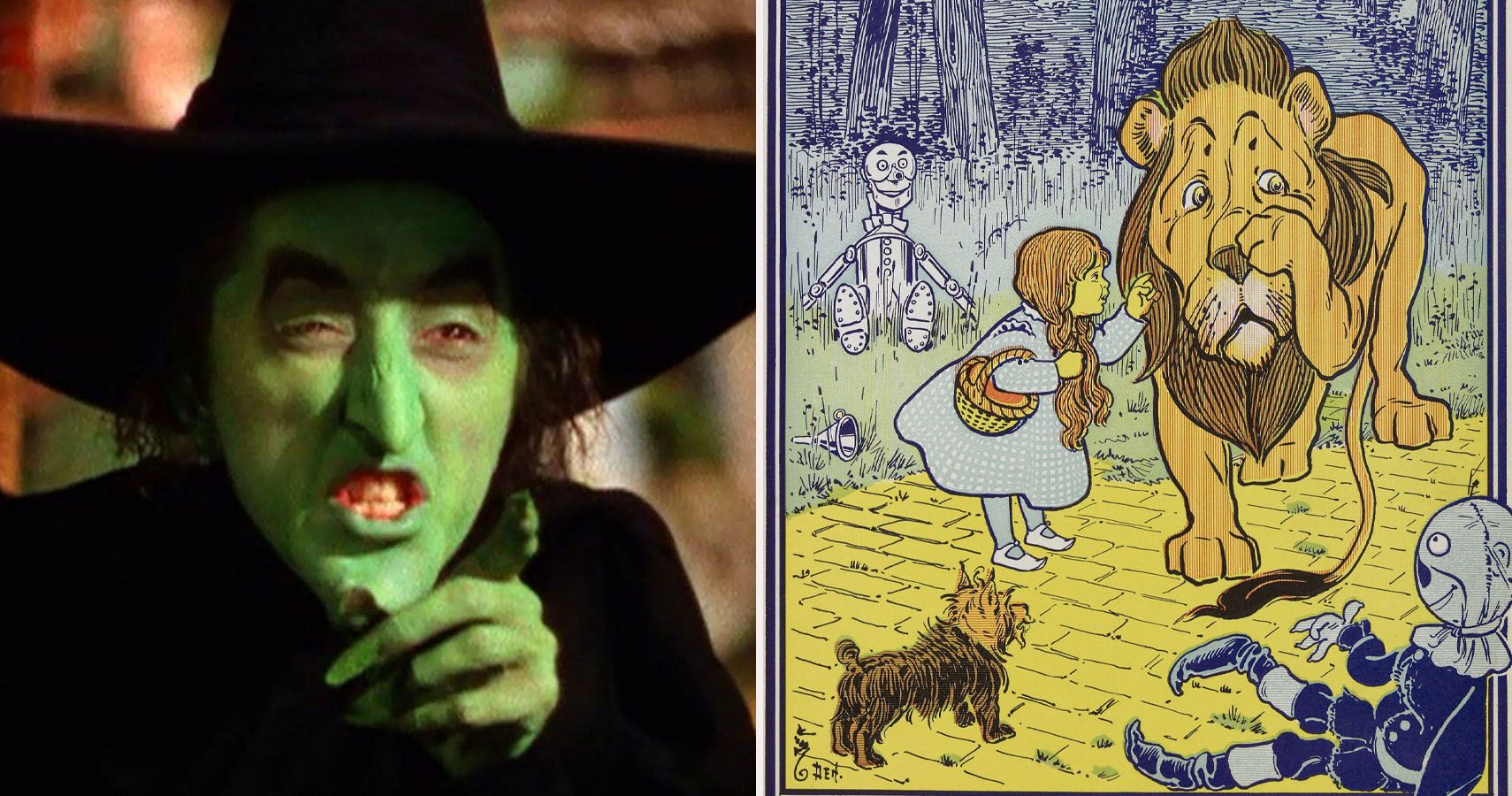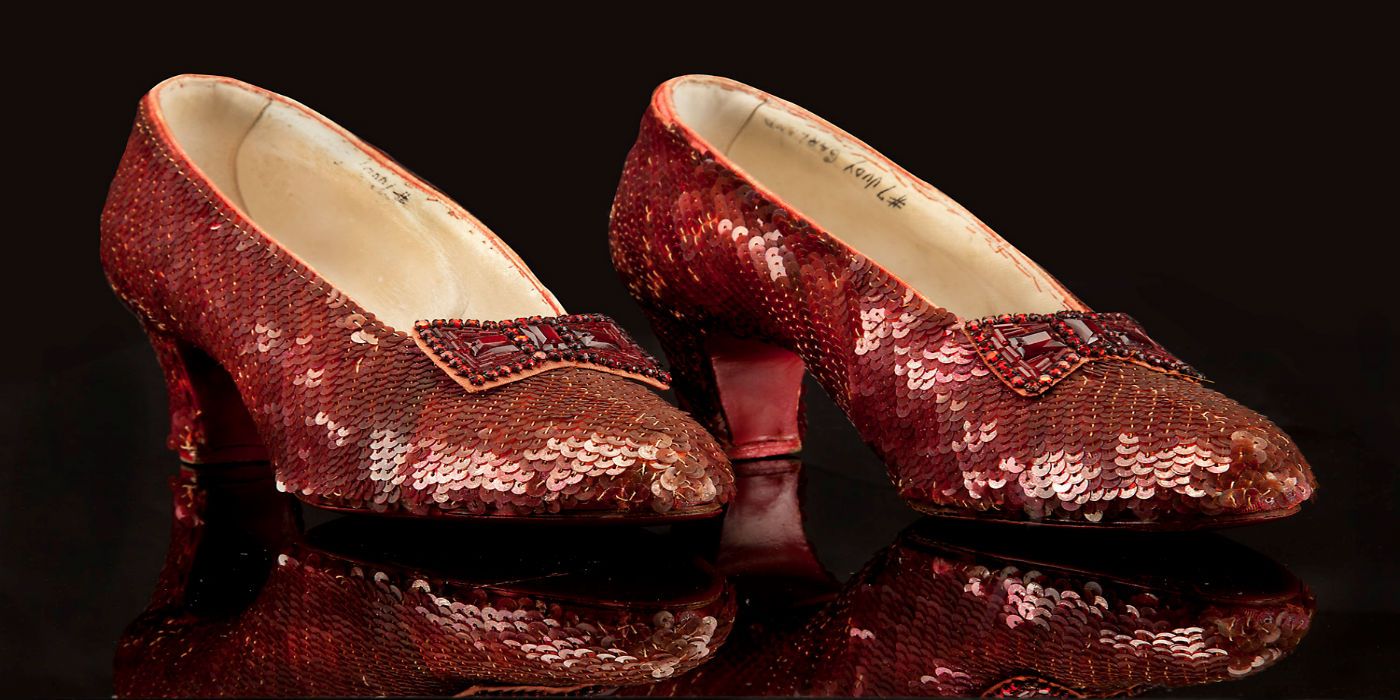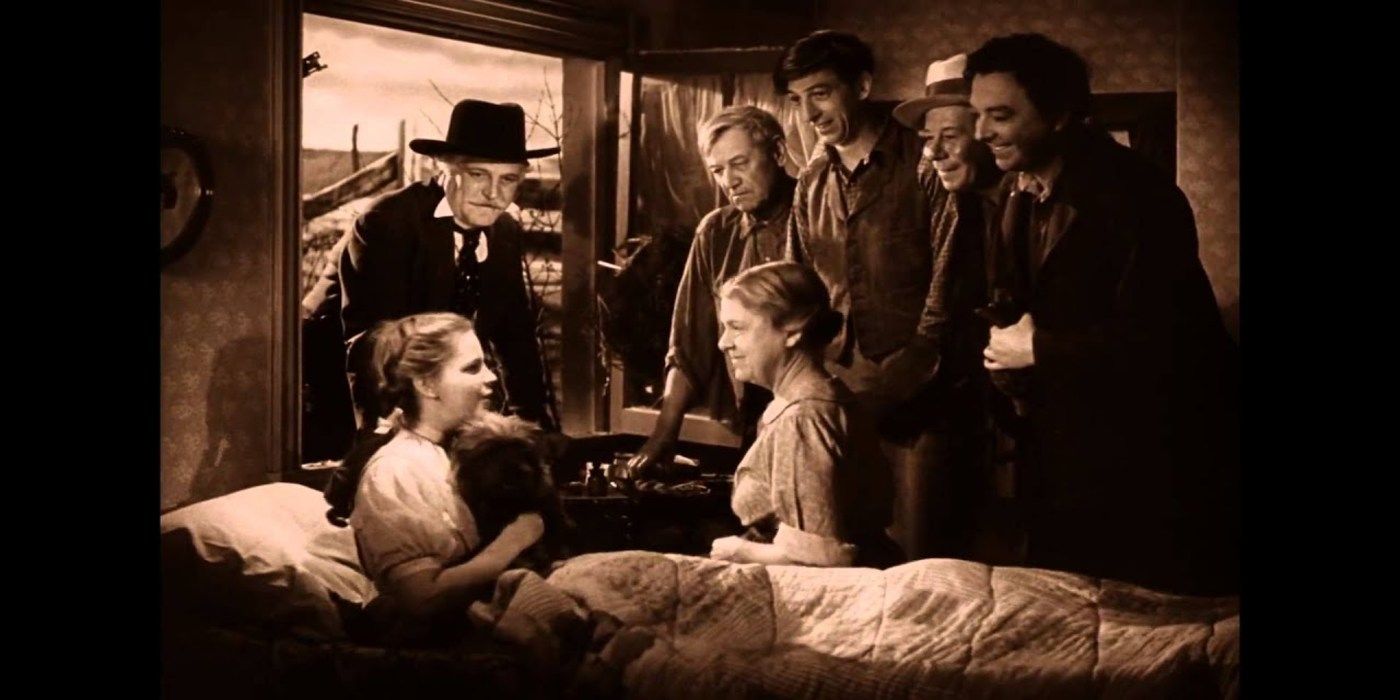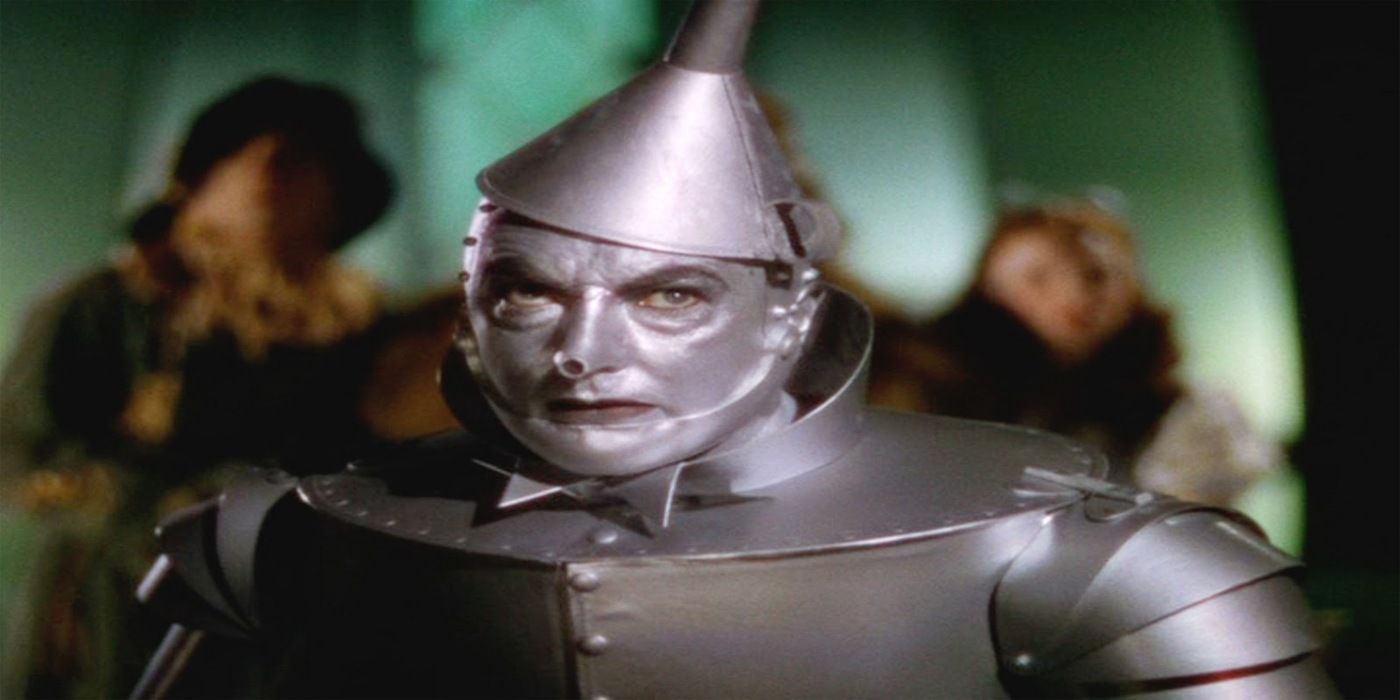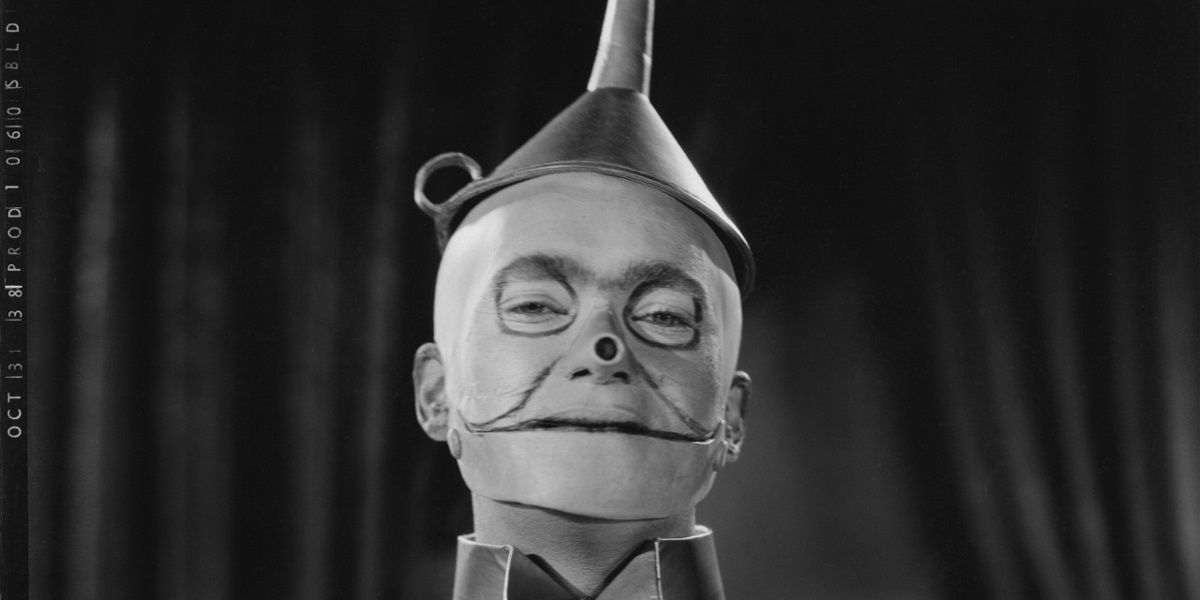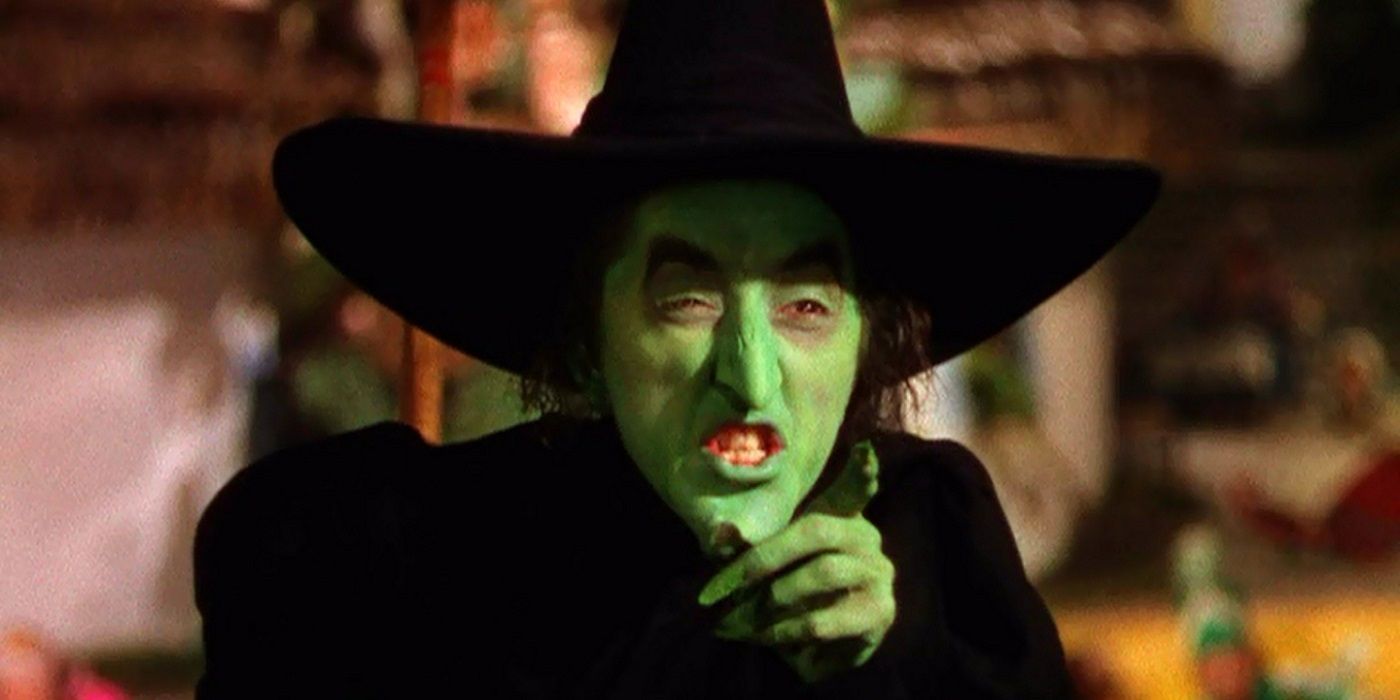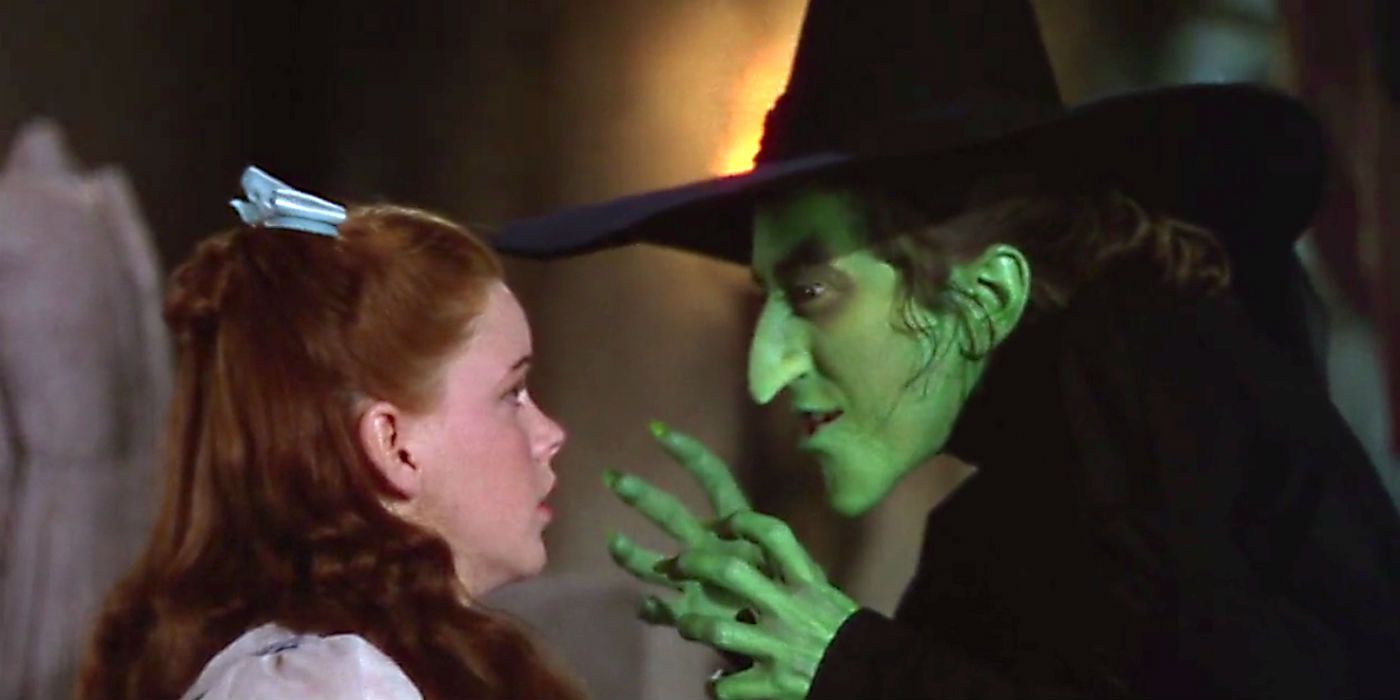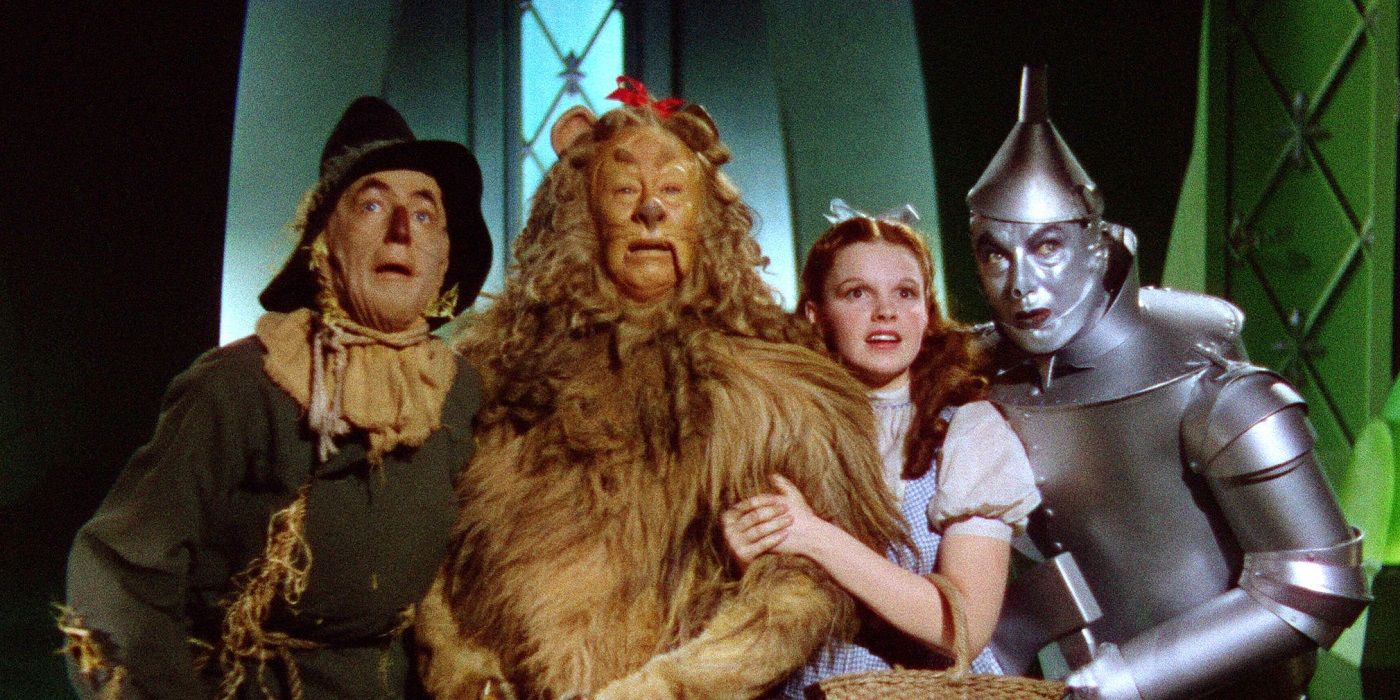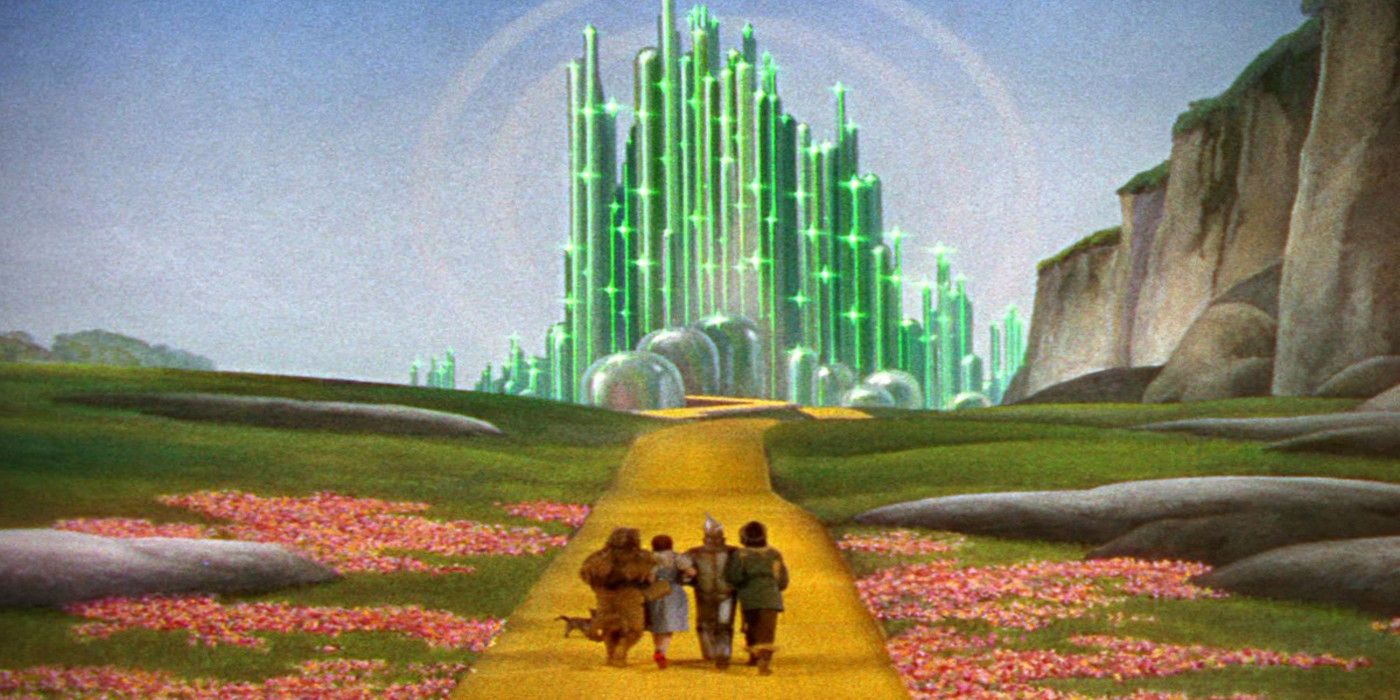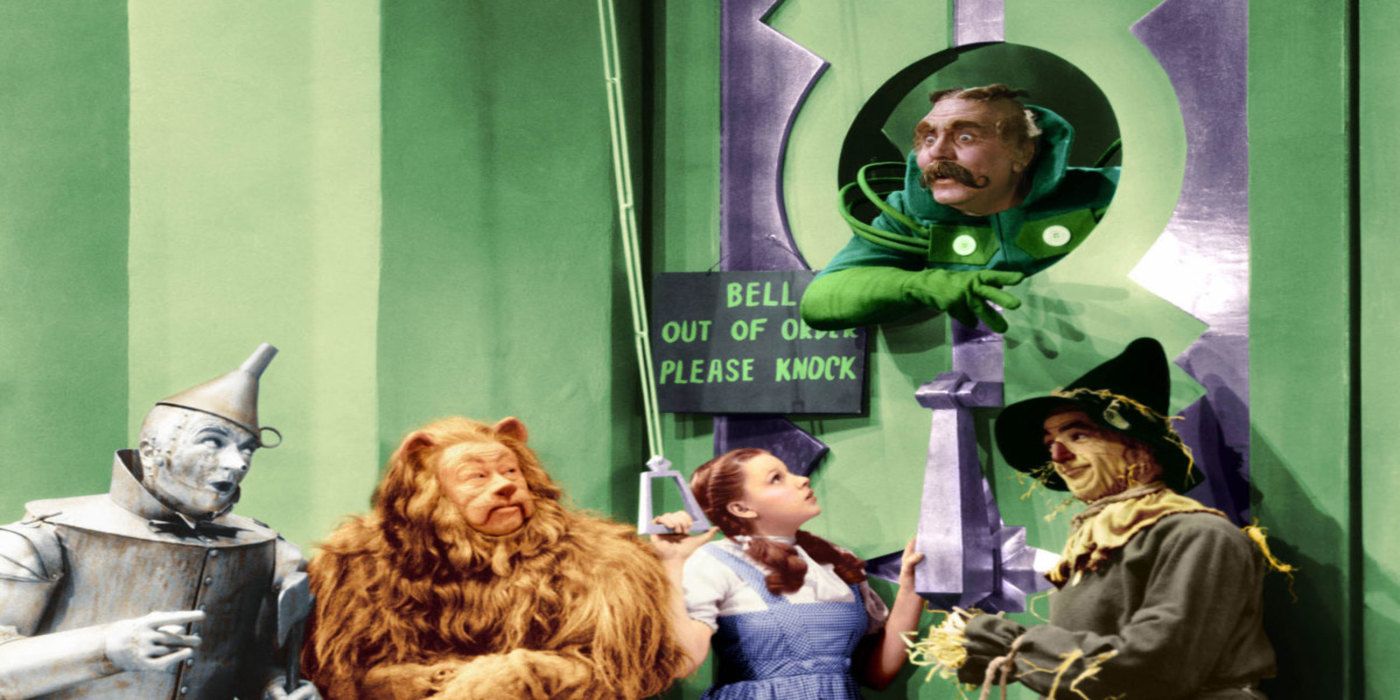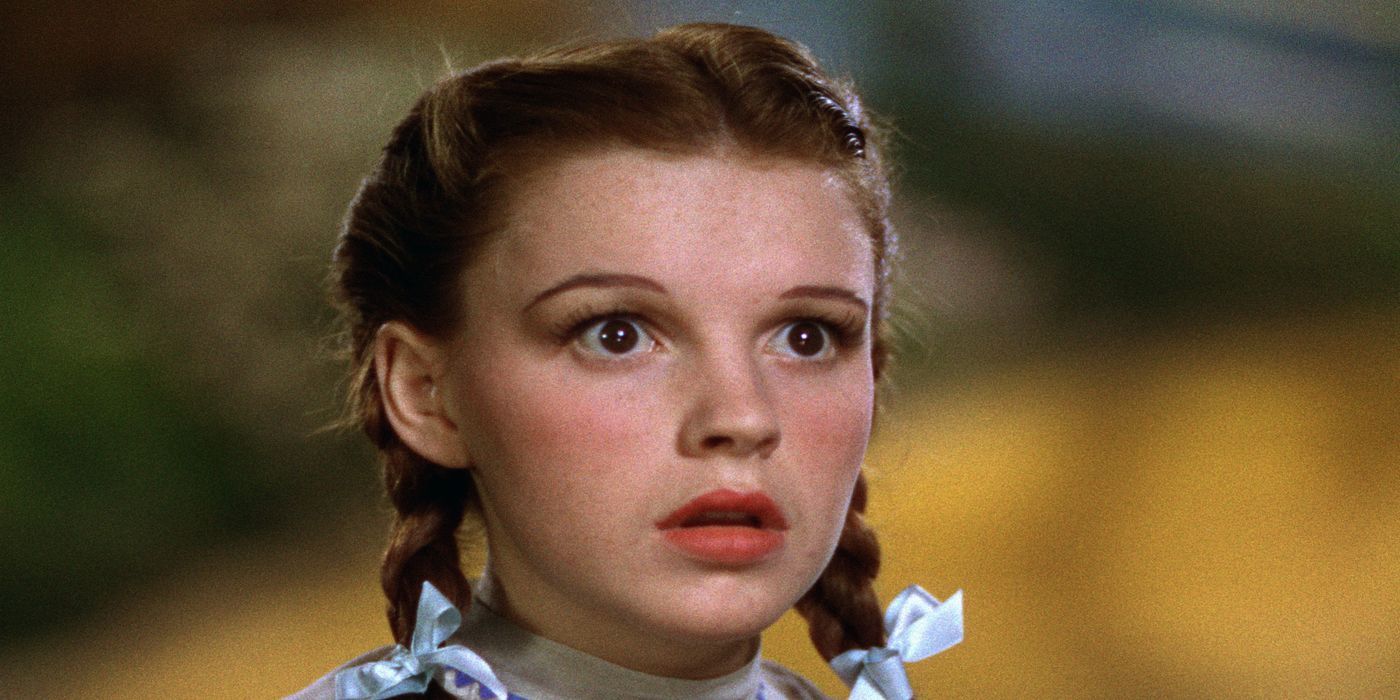An important piece of cinema that conveyed the value of color as a narrative tool while telling a timeless tale that holds up to this day, MGM’s The Wizard of Oz is as classic as it is beloved. Dorothy’s adventure throughout Oz is enchanting, with direction and practical effects that are a wonder to look back on today.
For as iconic as The Wizard of Oz movie is, L. Frank Baum’s original book is way weirder than the film it inspired. MGM took quite a few liberties when adapting The Wizard of Oz for the silver screen, including omitting the novel’s signature silver slippers.
Dorothy’s Technicolor Slippers
Dorothy’s ruby red slippers are an icon in and of themselves, a symbol of The Wizard of Oz’s permanence in pop culture and its importance in cinema. Dorothy’s ruby slippers are a shining example of how color could be used as a narrative & world building tool, solidifying color’s inevitable future in film.
Perhaps surprisingly, this is due to an adaptational change. In The Wonderful Wizard of Oz– the 1900 novel The Wizard of Oz is based on– Dorothy actually inherits silver slippers, not ruby. Silver has a more recognizable value than ruby, but on a visual level, red made better use of the film’s technicolor, prompting the change.
It Wasn’t Just A Dream
The Wizard of Oz ends on one of the most iconic “it was all a dream” moments of all time, to the point where many were likely introduced to parodies of the ending before having a chance to watch the film themselves. Dorothy wakes up at the end of it all, happy as can be to see her friends & family again (although Mrs. Gulch is still after Toto.)
This isn’t the case in the books where Oz isn’t just a figment of Dorothy’s imagination, but a tangible world with real history– a history which later novels expand upon. For the sake of the film, however, the ending lends to the dreamlike quality present in The Wizard of Oz’s filmmaking.
Tin Man Kills
MGM’s Wizard of Oz does have its fair share of action, but nothing too violent. The Scarecrow getting torn limb from limb is certainly morbid, but it’s framed harmlessly enough and is more or less immediately remedied– nothing to get scarred by here, kids. Not so in the books, where both the Tin Man and Scarecrow get to indulge in some combat.
The Tin Man, especially! With his trusty axe, the Tin Man takes on an entire army of Flying Monkeys by beheading each and every single one. It’s naturally not too graphic considering the tone of the books, but it’s far more violent and explicit than anything in the movie.
Tin Man Loves
One of the biggest changes taken for granted between the movie and the novels is character depiction. Virtually the entire main cast undergoes some change in the shift towards the silver screen, with the Scarecrow the most consistent. Notably, the Tin Man loses virtually all of his characterization in the adaptation.
Along with generally being much weaker (movie Tin Man ain’t beheading any Flying Monkeys,) movie Tin Man lacks his lady love. Tin Man in the novels is defined by a lost love, arguably the driving force of his arc. The movie simply opts to go with the heartless route sans backstory.
The Cardinal Witches
Glinda is not a film invention, but she doesn’t actually introduce Dorothy to Oz. Rather, that honor belongs to the Good Witch of the North in the books, a character whose role is ultimately condensed into Glinda. While this is clearly done to bolster Glinda’s role in the narrative, it does take focus away from the witches at the center of Oz.
There’s the Wicked Witch of the West and Glinda, the Good Witch, but they’re rounded out by the Wicked Witch of the East (the original owner the silver slippers and distinctly not the Wicked Witch of the West’s sister,) and the Wicked Witch of the South, who Glinda overthrew.
The Wicked Witch Of The West Isn’t The Main Antagonist
Although both The Wizard of Oz and The Wonderful Wizard of Oz are adventure stories at their core, the former has a focus the latter lacks. In adapting the novel, The Wizard of Oz chose to centralize a few key beats in order to craft a more traditional narrative. Notably, the Wicked Witch of the West went from a minor (albeit important) antagonist to the story’s chief villain.
The Wicked Witch of the West ends up driving the conflict for the entire film, whereas The Wonderful Wizard of Oz has a more naturalistic progression. There’s a grand narrative driving the story with a clear end goal, but Dorothy’s journey isn’t contextualized around the Wicked Witch.
The Cowardly Lion Has No Connection To The Wicked Witch
Like the Tin Man, the Cowardly Lion goes through some significant changes in the jump from page to screen. The Cowardly Lion in the books is a coward, but he fights through his fears and proves his bravery through a fairly traditional character arc. The Cowardly Lion in the movie, on the other hand, really is a genuine coward up until the very end.
The movie reasons this by clarifying that the Lion was denied an opportunity to be raised in the wild by the Wicked Witch, essentially depriving him of the ability to fight his own battles. With the Wicked Witch of the West having a less prominent role in the novels, though, it makes sense this would be a film invention.
The Inner Workings Of The Emerald City
The Wizard is one of the most prolific snake oil salesmen in fiction. Just about everything he peddles– from his actual wares to his philosophy– is a “humbug,” nothing but a cheap illusion. This is a notion conveyed spectacularly in the movie, but really only through the Wizard himself. There’s more to his deception in the books than in the film.
While the Emerald City does progressively become more green with each passing book, it’s originally described as “no more green than any other city.” Dorothy, Scarecrow, Tin Man, and the Cowardly Lion are even made to wear tinted green spectacles when first entering the city in the book, all part of the Wizard’s illusion.
The Wizard Puts On A Show In The Books
The movie sells the presentation inherent to the Wizard’s character and the film’s big reveal remains a charming little twist, but The Wizard of Oz subdues the showmanship at the heart of the Wizard. In the movie, he simply gives the characters their metaphors and is caught in the act.
In the novels, the Wizard meets with each character one on one, giving them a personal “show.” He performs “surgery” to give Scarecrow a brain, he gives the Tin Man a stuffed heart, and he makes the Cowardly Lion drink booze. The Wizard is still caught in the act, but these moments give his performance “legitimacy.”
Dorothy’s Agency
One of the Land of Oz’s defining features as a franchise is its constant use of female protagonists. With very few exceptions, most main characters in the series are young girls or women who end up leaving their mark on Oz. The series’ first lead, Dorothy is, of course, an iconic character, but her movie counterpart is comparatively toothless.
Dorothy consistently needs to be rescued by her male companions in the film, whereas the novels flip the script by giving Dorothy the most agency of the main cast. She’s the most competent of the core four and the one who regularly saves the Scarecrow, Tin Man, and Lion. The movies make her more of a damsel at the expense of her agency.

